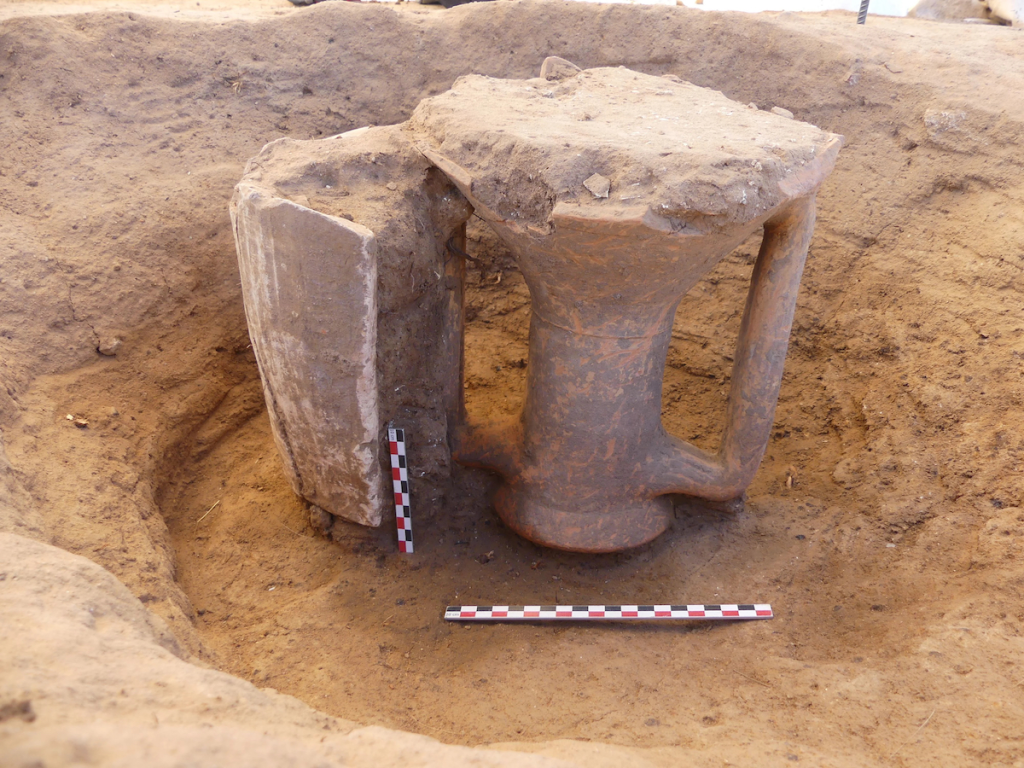In what once functioned as an ancient Roman city focused on trade and thermal baths in the south of France, archaeologists have unearthed graves thought to offer new revelations related to Roman burial rites.
After Marseille was taken over by Julius Caesar in 49 B.C.E., the city of Olbia (50 miles along the coast to the southeast) went through a Roman period between the first and third centuries C.E.—the time to which the newly discovered cremation graves date back. As reported in Live Science, more than 160 recently discovered graves provide evidence of how cremation worked as well as the inclusion of offerings—including alcoholic drinks—in the process.
According to the French National Institute for Preventative Archaeological Research (Inrap), dead bodies were splayed over a wooden stand over a square fire pit. As Live Science described, “The heat of the pyre caused the stand to collapse and the bones to whiten, twist and crack. Glass objects melted, bronze artifacts warped, and the ceramics were tinged by soot.”
In cheerier news for the deceased, evidence from the findings suggests the presence of “libation tubes” into which offerings could be poured on feast days for the dead. According to Inrap, “A distinctive feature at Olbia is that most of [the graves] are surrounded by a libation channel for liquid offerings (wine, beer, mead) to honor the deceased or ensure their protection.”
The tubes were made from repurposed amphorae—clay vessels used to store wine, oil, and other substances—and could have played a role in rituals acted out on feast days for the dead around the Feralia (February 21) and the Lemuralia (May 9, 11, and 13).
